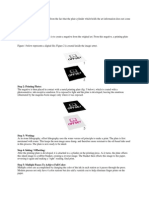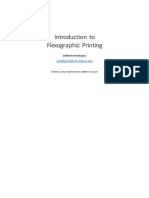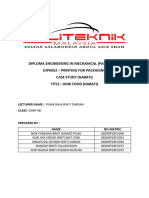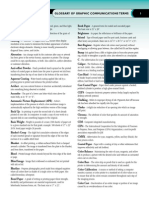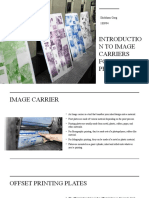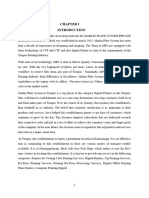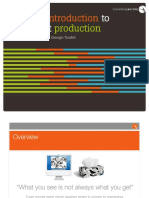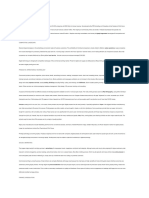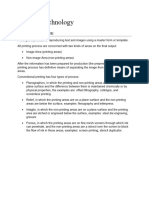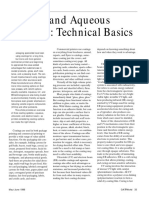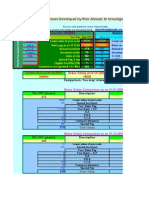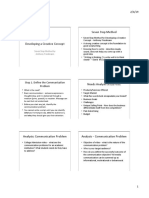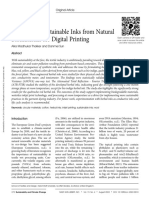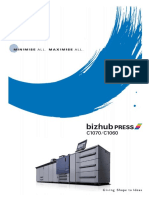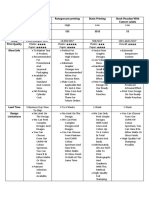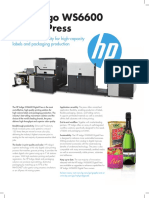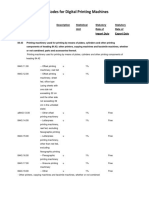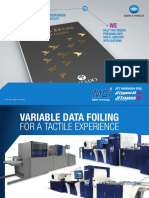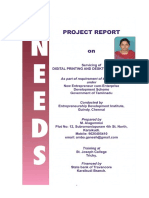0% found this document useful (0 votes)
100 views7 pagesVaried Printing Processes
This document discusses various printing processes and standards for labeling in Barbados. It describes common printing techniques like offset lithography, flexography, digital printing, gravure, and screen printing. It provides examples of companies in Barbados that specialize in different printing methods. The document also outlines Barbados' labeling standards and requirements established by the Caribbean Regional Organization for Standards and Quality. It discusses the role of the Barbados National Standards Institution in testing products, issuing certification marks, and enforcing standards.
Uploaded by
Che HindsCopyright
© © All Rights Reserved
We take content rights seriously. If you suspect this is your content, claim it here.
Available Formats
Download as DOCX, PDF, TXT or read online on Scribd
0% found this document useful (0 votes)
100 views7 pagesVaried Printing Processes
This document discusses various printing processes and standards for labeling in Barbados. It describes common printing techniques like offset lithography, flexography, digital printing, gravure, and screen printing. It provides examples of companies in Barbados that specialize in different printing methods. The document also outlines Barbados' labeling standards and requirements established by the Caribbean Regional Organization for Standards and Quality. It discusses the role of the Barbados National Standards Institution in testing products, issuing certification marks, and enforcing standards.
Uploaded by
Che HindsCopyright
© © All Rights Reserved
We take content rights seriously. If you suspect this is your content, claim it here.
Available Formats
Download as DOCX, PDF, TXT or read online on Scribd
/ 7

